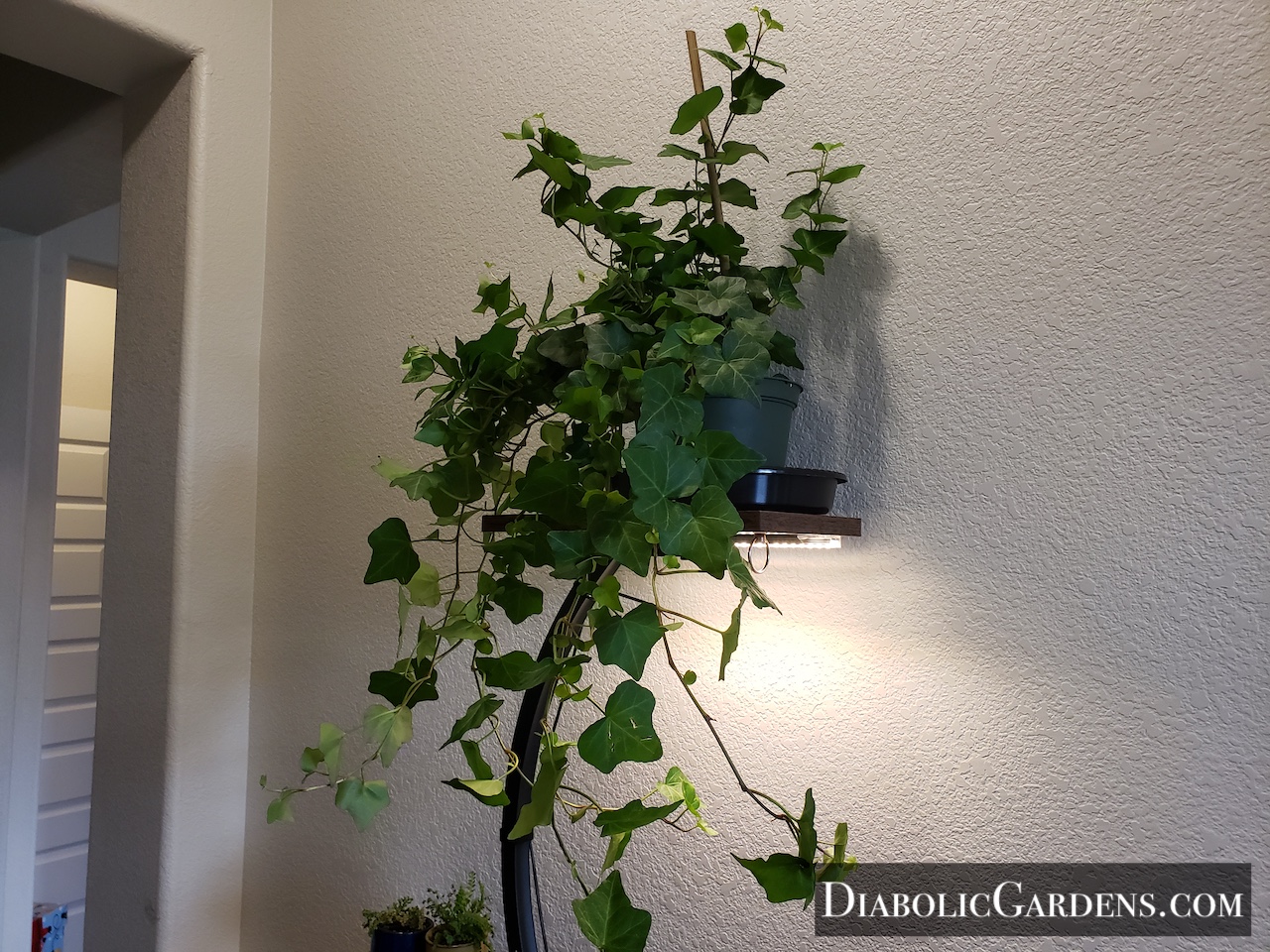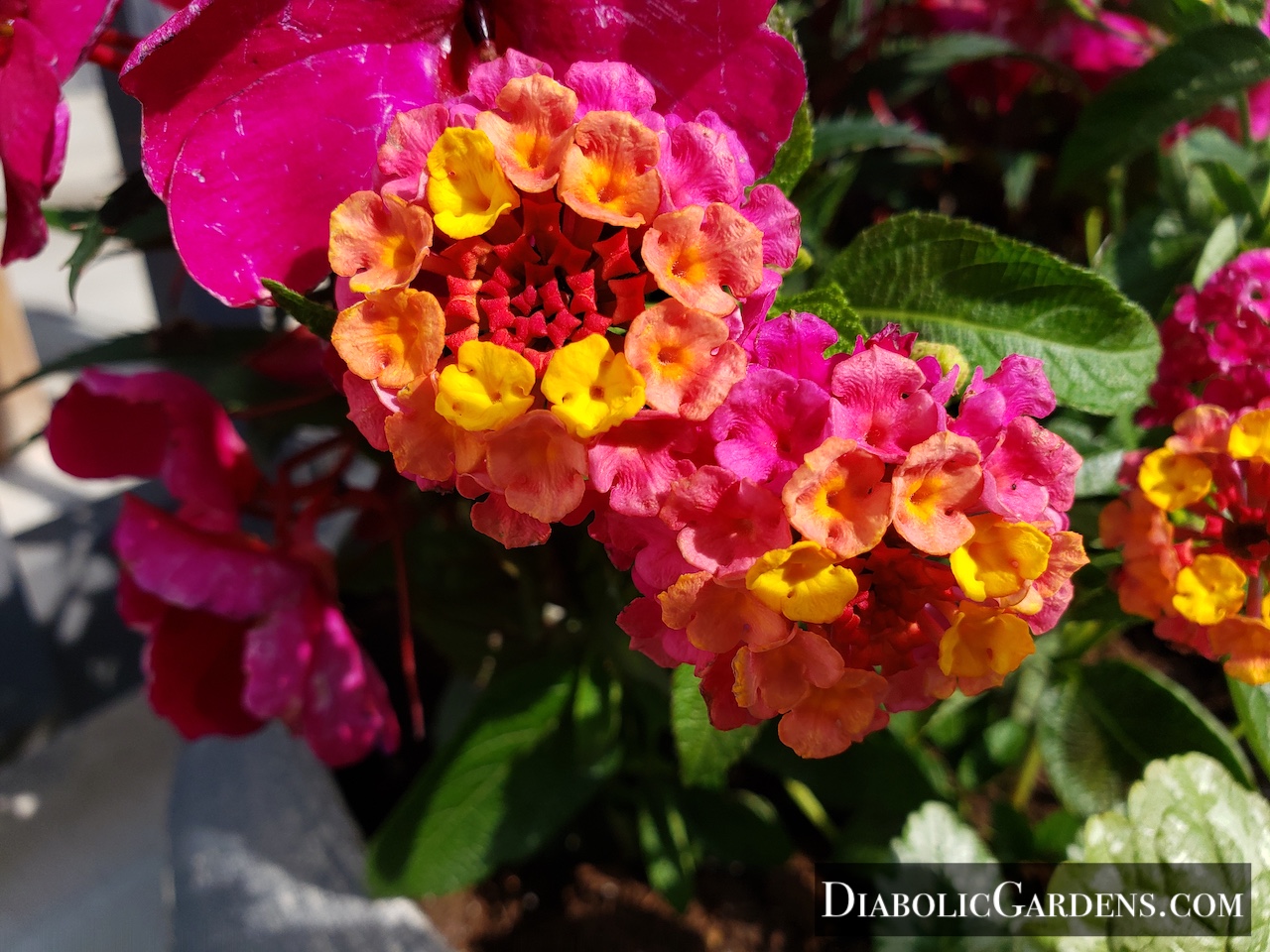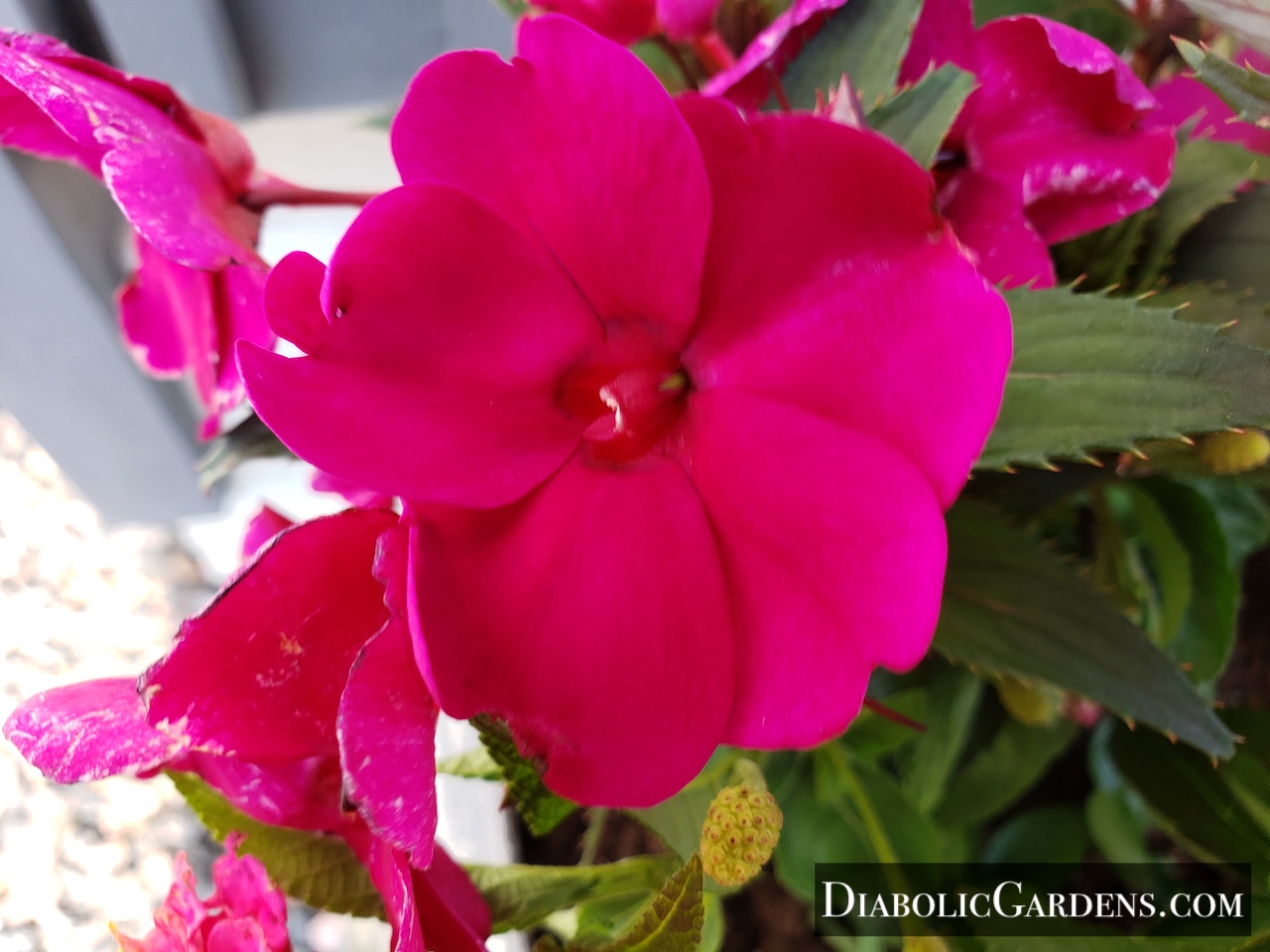Flora - Vines
English Ivy
This is one of the most recognizable houseplants, appreciated for its ability to either trail gracefully from a hanging basket or be trained to climb up a support. There are hundreds of cultivars of English Ivy, this one being "common" or "classic" English Ivy.

English Ivy
Hedera helix
Toxic:
All parts of the Hedera helix plant are toxic to people and pets if ingested.
Care:
Light:
It prefers bright, indirect light. While it can tolerate lower light conditions, its growth may become sparse, and variegated types might lose their coloring. Avoid intense, direct sunlight, which can scorch the leaves.
Water:
Water thoroughly when the top inch of the soil feels dry to the touch. It doesn't like to be constantly waterlogged, which can lead to root rot, nor does it like to dry out completely.
Humidity:
English Ivy appreciates higher humidity. In dry indoor environments, especially during winter, you might consider placing it on a pebble tray with water or using a humidifier nearby. Misting the leaves occasionally can also help.
This plant can be susceptible to pests, particularly spider mites, which thrive in warm, dry conditions. Regularly inspect the undersides of the leaves for fine webbing. Wiping the leaves down with a damp cloth periodically can help keep them clean and deter pests.
While a popular houseplant, it's worth knowing that English Ivy is considered a highly invasive species in many parts of North America when planted outdoors. It can outcompete native plants and damage trees and structures. It's best enjoyed as a contained indoor plant.

7/19/25

7/19/25

